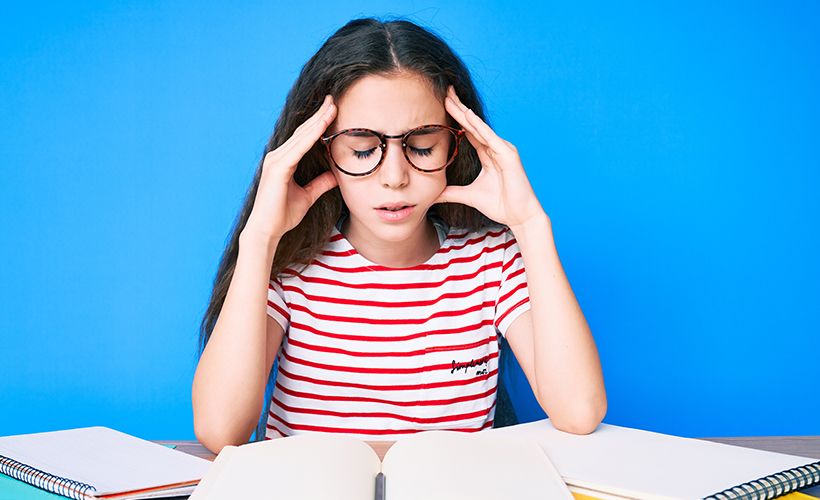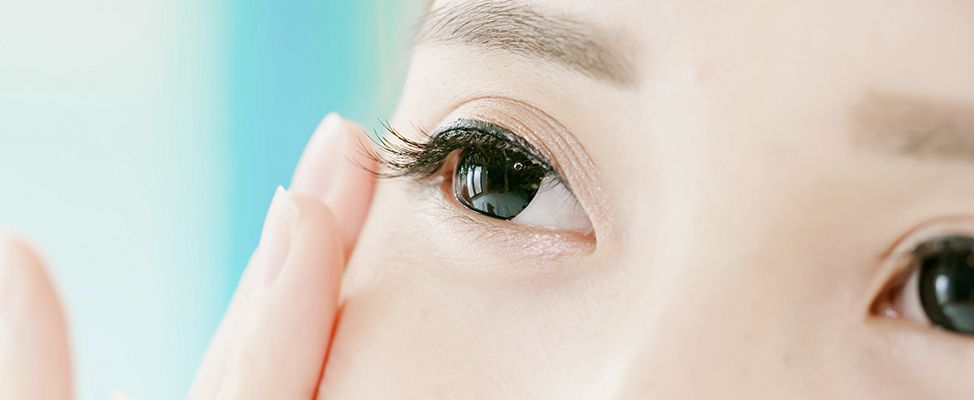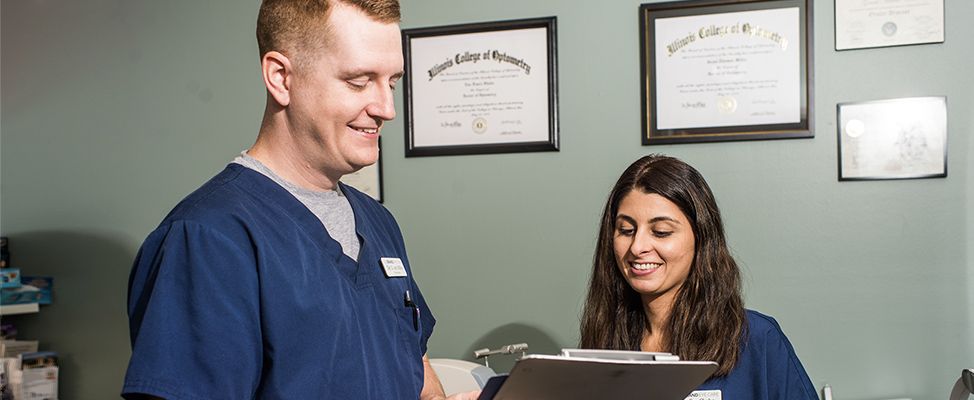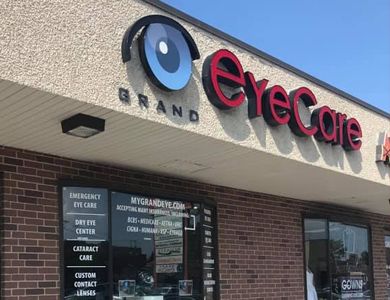
Treat your child’s myopia
“Early Myopia intervention can help your child now and reduce their eye health risks. We offer non-surgical treatments proven to help your child in partnership with Treehouse Eyes."
Researchers believe that the environment kids grow up in today, with too many close distance activities (like reading and device use) and lack of outdoor play is contributing to the rapid increase in childhood myopia. While glasses and contact lenses compensate for a child’s blurry distance vision, they don’t stop your child’s vision from continuing to deteriorate. As children grow, myopia often develops as they reach school age and, untreated, progresses into the late teens. Hear other kids and parents share why myopia treatment is so important here.
The Danger of Myopia

Studies now show there is more to worry about with myopic eyes than the inconvenience of ever-thickening glasses. Scientific evidence has proven that myopic patients are more vulnerable to a range of sight-threatening diseases and complications.
Patients with mild myopia have a four-fold increase in the risk of retinal detachment. For those with moderate to severe myopia, the risk increases ten times. One study concluded that more than 50 percent of retinal detachments not related to trauma are associated with myopia. Other myopia risks include glaucoma, cataracts and macular degeneration.
Myopia can now be treated

The dangers of myopia, in conjunction with the normal challenges of poor vision, mean it is important for parents of myopic children to treat the condition as part of your child’s eye health. The goal of myopia management is to slow or even stop the progression of myopia and reduce its impact on your child’s life. The younger myopia management begins, the more effective the treatment.
We are excited at Grand Eye Care to announce the launch of our children’s myopia management service in partnership with Treehouse Eyes®, the country’s leading myopia management brand. This revolutionary system, designed to treat your child’s myopia and significantly reduce the threat of more serious eye diseases, is one of the most important innovations since glasses were first prescribed hundreds of years ago!
Schedule an appointment today and one of our doctors will evaluate your child’s vision and make a customized treatment plan to slow or even stop myopia from progressing.
How does it work?

Treehouse Eyes doctors use state-of-the-art equipment to develop a personalized treatment plan for your child. Our non-invasive treatments include customized contact lenses and special prescription eye drops. Some of our treatments will even allow your child to see clearly without glasses or contact lenses all day. Data from children using our patent-pending Treehouse Vision System® treatment plan shows a 78% decrease in the progression of their myopia vs. no treatment. At your initial consultation, your Treehouse Eyes doctor will determine the treatment that will work best for your child.










